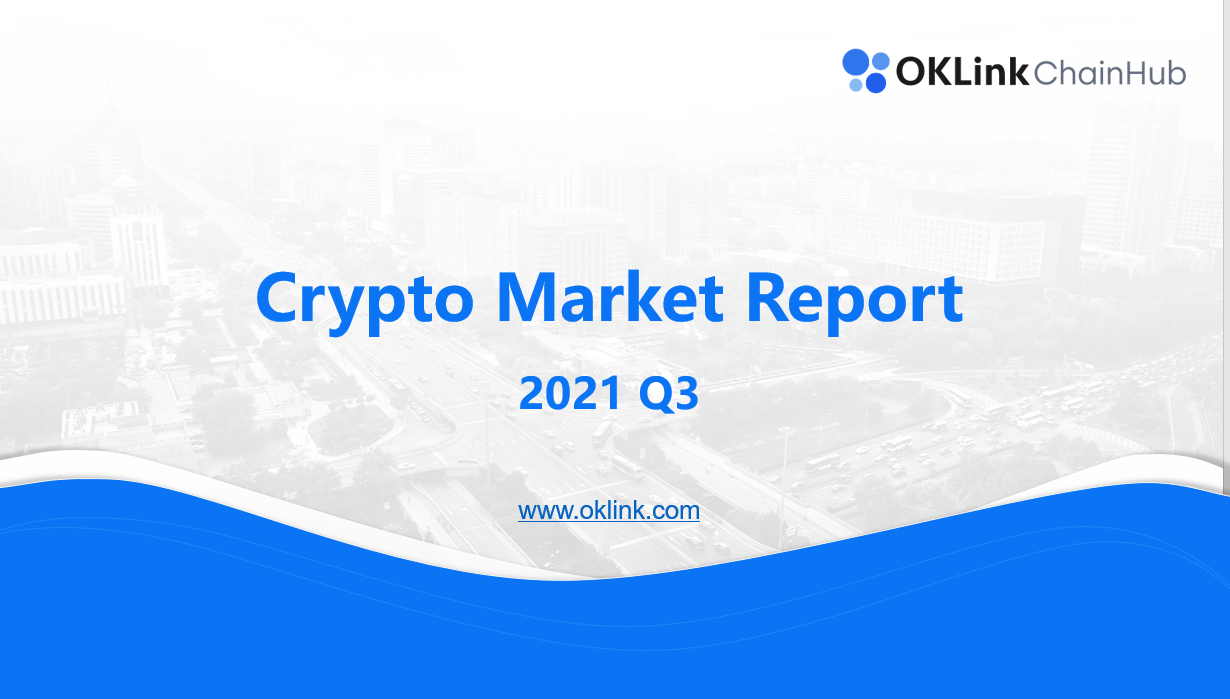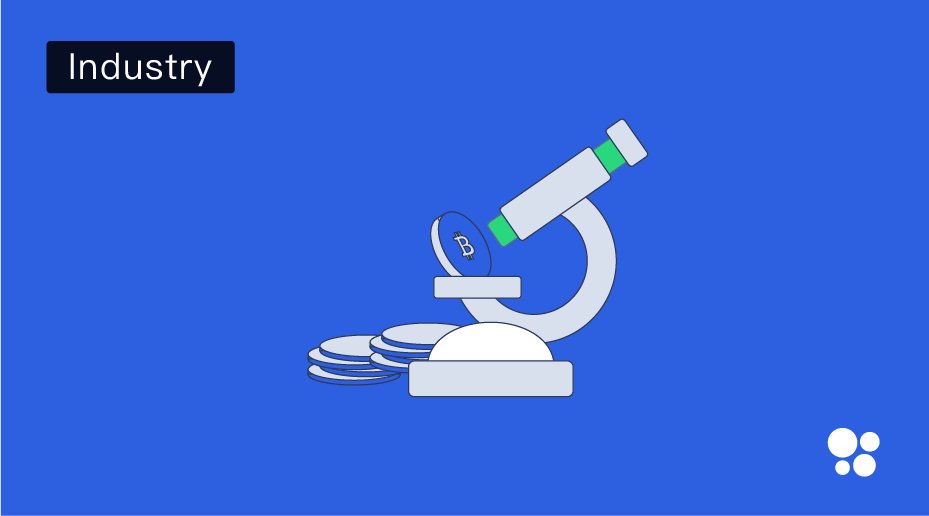
Central banks and BIS publish first central bank digital currency (CBDC) report laying out key requirements
The article was first produced in Medium. Link:: https://medium.com/@SeanLippel/decentralized-finance-is-a-continuum-179d43c6ef65
By Sean Lippel
Decentralized finance, otherwise known as DeFi, sits at the intersection of financial products and services with decentralized networks and open protocols. The implications of DeFi will be pronounced across both developed and emerging markets.
At FinTech Collective, we believe that DeFi will be an infinitely more durable phase of development and adoption for blockchain technology than anything we have seen to date. The financial services sector is at the dawn of a new era of network-based finance — an era characterized by transparent, trustless, secure, and programmable financial products.
Since the inception of Industrial-era finance, the banking system in developed markets such as the U.S. has relied on a number of highly capitalized financial institutions, law firms, and regulatory bodies to serve as the foundational “trust layer.” Without a better alternative — and given that the financial services serves as the lifeblood for our economy, comprising nearly $4.1 trillion of our nation’s $20.5 trillion annual GDP — such a construct was needed to ensure against systemic risk. In support of this system, a multitude of intermediaries who extract rents exist today within each vector of financial services — PSPs (payment service providers) in payments, TPAs (third party administrators) in the asset management space, trade clearinghouses in capital markets, and claims adjustors and brokers within insurance.
Intermediated finance in the U.S. has served its purpose, providing for the abundant capital needs of both the Industrial Revolution and the Information Age. The existing banking system has proven its resilience by surviving the calamities of both the Great Depression and the Great Recession, all while keeping inflation averaging 3.2 percent over the past century. The system has provided market participants with execution certitude and relative stability.
But Industrial-era finance has also resulted in large fee pools and inequality in the distribution of access. American consumers pay $35 billion every year in overdraft and NSF fees to incumbent financial institutions. Yet, 70 percent of Americans still do not have $2,000 in liquid savings. Within parts of the U.S. capital markets that are still heavily intermediated, such as the municipal bond market, $20 billion in fees gets paid out every year to bankers and broker-dealers on $400 billion in yearly issuances (5 percent of the muni market goes to fees). Similarly, only 65 percent of the $1 trillion in annual global insurance premiums goes to pay out actual claims — the remaining 35 percent, or $350 billion, goes to administration costs, insurance brokers, and corporate profits. Over the past two decades, we’ve seen fintech startups build on new-age technology stacks to solve some of these inefficiencies, eating away at the cushy margins within these massive markets.
The core innovation of decentralized finance is that the “trust layer” is now the software and code itself. Without the time and cost associated with a high level of intermediation, the promise of DeFi is wide — broader access to financial products, programmable money, real-time risk transfer, and auditability of financial contracts. Moreover, anyone with a computer or mobile phone with an Internet connection can gain access to more open and transparent financial services.
The first realized use case for DeFi (and the original vision of Satoshi’s Bitcoin) was programmable money — the ability to send money instantly across the globe the way information is sent over the Internet. With a global remittance market that stands at $500 billion annually and incumbents that can take up to a 10 percent fee per transaction, programmable money has already had an immediate impact. With a true peer-to-peer format and even lower transactional costs than fintech startups such as TransferWise, cryptocurrency remittances have exploded. A recent report by Clovr shows that 15 percent of global remittances by U.S. citizens are currently executed using cryptocurrency.
Potential future use cases also abound. Within developed capital markets, the global banking sector spends $55 billion per annum on the post-trade settlement and clearing of securities. Final settlement of most securities still occurs two days after the trade date, introducing additional credit and market risk. Most of these reconciliation and administrative costs can be eliminated through having a real-time, shared source of truth between counter-parties.
Finance built upon blockchain infrastructure will also open up new possibilities for financial innovation within developed markets. “STOs,” or security token offerings, will help bring wider access, transparency, and liquidity to some of the more opaque areas remaining in the U.S. capital markets. The next decade will see tokenization of a wide range of assets, including the $54 trillion CRE (commercial real estate) market, the $1 trillion private debt market (including MCAs and term loans), and the $6 trillion fine art and collectibles market. In the long run, encoded compliance functionality and immutable ledgers serving as perfect audit trails make tokenized securities extremely attractive as a backend for all securities.
Moreover, in a DeFi world, consumers can recapture sovereignty over their identity and financial data. Data sovereignty and security can not only prevent damaging mishaps like the $439 million Equifax hack that affected 2.4 million Americans, but also pave a path towards monetization of one’s own financial data assets.
In emerging economies such as the Colombia, DeFi has already become a reality. Colombia has 60 percent of its population unbanked and only a 9 percent penetration of digital payments due to an obsolete, closed-off banking infrastructure. The Colombian government has mandated the modernization of its ACH (automated clearing house) used by all 27 banking institutions in Colombia via distributed ledger to allow for modern and lower cost financial applications to be built on top of this new infrastructure.
DeFi is making life easier on those who have it hardest in emerging economies — the unbanked and the small or medium size enterprise. In the coming decades, DeFi will be an important catalyst for improved socioeconomic mobility.
The structure of global finance has remained largely the same for the last 250 years following the start of the Industrial era. Today, however, the potential for advancement is multiplied infinitely by the arrival of distributed ledger technology.
In a utopian world (i.e., one without tradeoffs), it could make sense to decentralize everything. But it certainly does not yet today. In some cases, building on highly decentralized infrastructure has serious trade-offs in speed and scalability. Decentralization for decentralization’s sake alone is a meme.
Where user design is critical or customer service is needed, we expect to see a proliferation of centralized applications building on top of core protocols that have proven some level of product-market fit.
Within our DeFi market map, there are some investable themes that are of particular interest to us:
We are only in the first innings of the DeFi movement. True mass adoption will require more robust developer tools and APIs, improved UI/UX at the application layer, working scalability protocols, and better blockchain data solutions.
Financial services, whether decentralized or centralized, will always command the attention of global regulators. For a while, it appeared that regulators in the U.S. were reticent to pass judgement for fear that it could stymie innovation. Expectedly, decentralized projects pressed too hard and fast and didn’t properly self-regulate. Based on the comments from SEC Chief Clayton, we are now operating from a legal framework where most ICOs are deemed to be securities, providing constructive clarity for all market participants.
Decentralized finance is the beginning of a secular shift away from Industrial-era finance and into the new world of network-based finance. A more open and programmable financial services sector is the natural, secular arc that we have been following within fintech for the past two decades.
Network-based finance will preserve the access, execution, and trust that we covet from Industrial-era finance — it will just look drastically different over the next century than it has over the past two. We will eventually arrive at 10x better product experience for DeFi users and de novo financial services use cases that we can’t even fully contemplate today.
Disclaimer: The Content is for informational purposes only, you should not construe any such information or other material as investment, financial, or other advice.

Central banks and BIS publish first central bank digital currency (CBDC) report laying out key requirements

2021 Q3 Crypto Market Report

Decentralized finance Is a continuum
industrial-trend-en